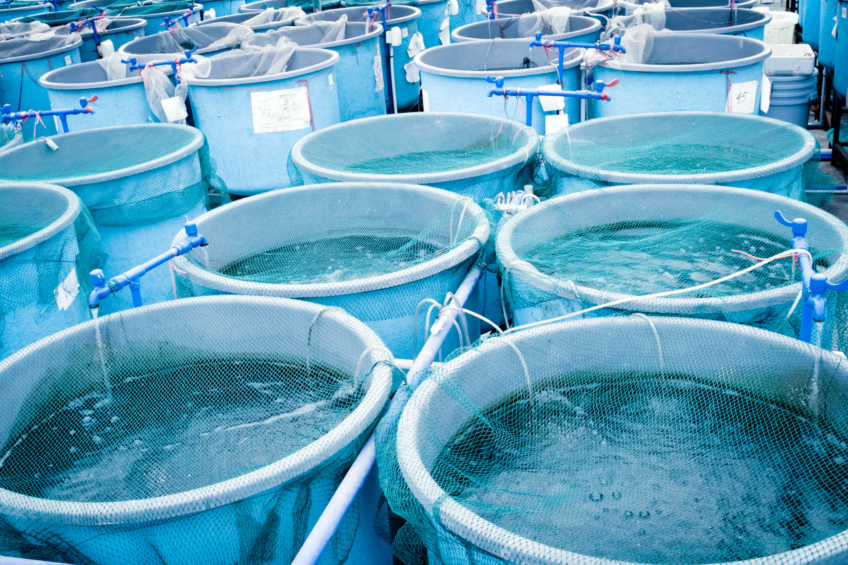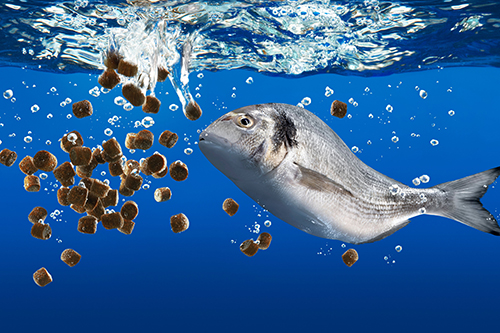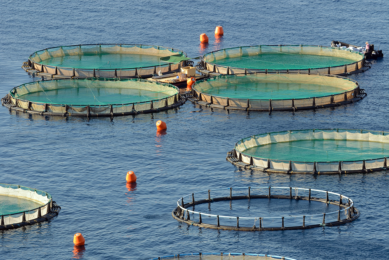Silver lining emerges for aquaculture sector

Recovery of Western economies from post-Covid recession and downturns will help boost demand and normalise costs in the salmon and shrimp sectors.
In its second half of the year update, Rabobank also says that while biological challenges persist across the sector, feed costs should come down as fish meal supply recovers.
The silver lining follows a first half of the year that Rabobank describes as “more challenging than expected”, with salmon farming seeing unprecedented biological challenges:
- In Norway, the winter wounds bacterium impacted the quality of fish and in some weeks 40% of the supply was downgraded in quality.
- In Chile, the effects of algae blooms and uncertain legislation also reduced supply growth.
US prices of salmon also declined despite weak supply showing that demand had not yet improved. The shrimp industry experienced the lowest prices in over a decade. But a supply decline by Indonesia and Ecuador in the first quarter of the year, combined with mild demand recovery in western markets, provided a boost to prices.

Demand drivers
Looking ahead at demand drivers for the second half of the year, Rabobank says:
- Demand in Europe and the US is improving and is expected to recover gradually in the second half of 2024.
- China’s persistent macroeconomic challenges are likely to soften import demand.
- Fish meal demand is expected to be strong, as feed players look to replenish depleting inventory after a period of tight supply.
Key dynamics
The key dynamics for the sector are:
- Despite improved supply, the salmon market remains tight. Prices will follow the seasonal pattern but will remain relatively higher in the second half of the year.
- It is unlikely there will be a further strengthening of shrimp prices due to Chinese net import demand concerns.
- Fish meal prices will mildly soften in 2H 2024 due to increased supply expectations and ongoing low soybean meal prices.
Supply drivers
There will be a better supply of fish meal in this period as La Nina brings cooler waters to the Pacific.
Acute biological challenges in Norway will be less critical due to summer conditions but there are no long-term solutions, meaning that salmon supply will be tight in 2H 2024.
Shrimp supply growth will be positive in this period despite relatively low prices – this will be driven by Ecuador, India and Vietnam. However, globally, shrimp farming remains only profitable for the largest and most sophisticated farmers, which will accelerate consolidation.











